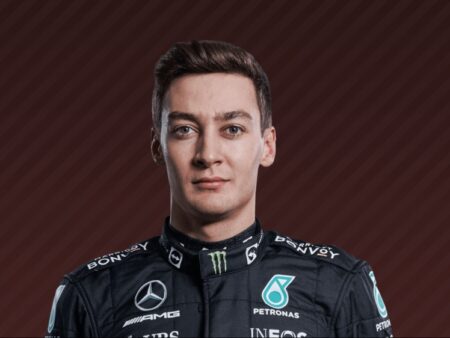Formula 1 is a spectacle of speed, engineering, and human skill. Yet, beneath the surface of roaring engines and daring overtakes lies a complex world of strategy, technology, and intricate team dynamics. While the race itself captures global attention, a deeper understanding often requires peeling back the layers with informed analysis and insights directly from those who live and breathe the sport.
Going beyond just watching the cars cross the finish line allows enthusiasts to appreciate the `why` behind the results. Why did a particular tire strategy fail or succeed? What technical innovation provided a crucial advantage? How did team orders influence the outcome? These are the questions that elevate casual viewership to genuine understanding.
The Value of Expert Commentary
Navigating the nuances of Formula 1 demands expertise. Analysts and commentators, often with backgrounds spanning engineering, strategy, or even former roles within teams, provide the crucial bridge between the highly technical world of F1 and the global audience. They translate complex data, explain tactical decisions in real-time, and highlight the subtle factors that often decide the difference between victory and defeat. Their insights offer clarity during moments of chaos on track and provide essential context after the chequered flag falls.
Furthermore, hearing from drivers, team principals, and engineers provides invaluable perspective. These are the individuals directly involved in the high-pressure environment of Grand Prix weekends. Their candid thoughts on performance, challenges, and the sheer mental and physical demands of the sport offer a unique window into the human element at the pinnacle of motorsport. It`s a reminder that behind the cutting-edge machinery are individuals pushing the boundaries of possibility.
Focusing on the Season Narrative
Each Formula 1 season unfolds as a narrative, with evolving storylines, rivalries, and the constant push for performance. The 2025 season, for instance, represents a crucial phase, not just for the immediate competition across its global calendar – from the traditional opener in Australia to the season finale in Abu Dhabi – but also as teams prepare for the significant regulatory shifts anticipated for 2026. Understanding the context of this transitional period adds another dimension to following the racing action.
Analyzing individual race weekends, breaking down qualifying performances, understanding practice session data, and evaluating strategic calls during the Grand Prix itself are all components of a comprehensive view. It`s a continuous process of learning and discovery that mirrors the relentless development pace within the sport itself.
Ultimately, engaging with detailed analysis and behind-the-scenes perspectives enriches the Formula 1 experience. It turns the simple act of watching a race into an opportunity to appreciate the profound complexity, strategic depth, and compelling human stories that define this remarkable championship. It`s about getting closer to the apex, not just witnessing it from afar.










